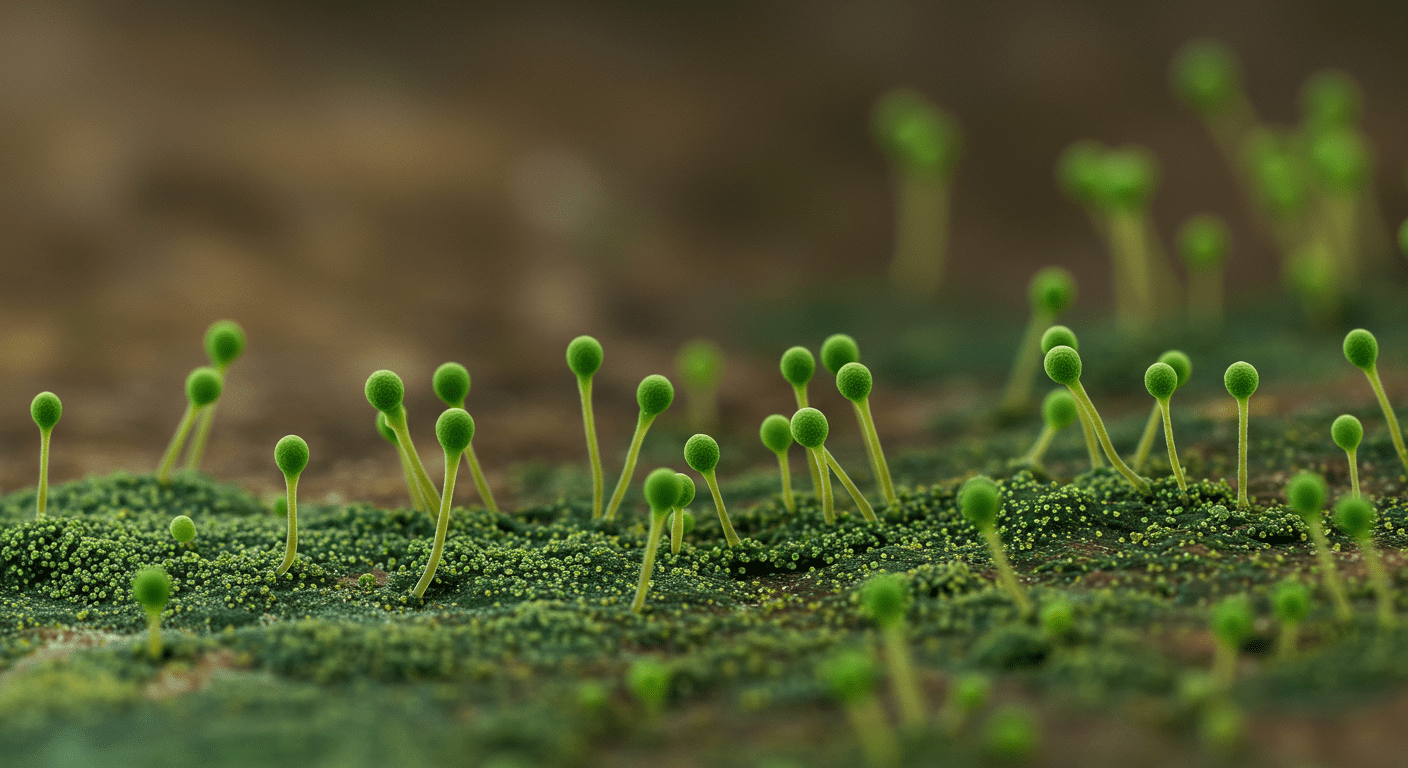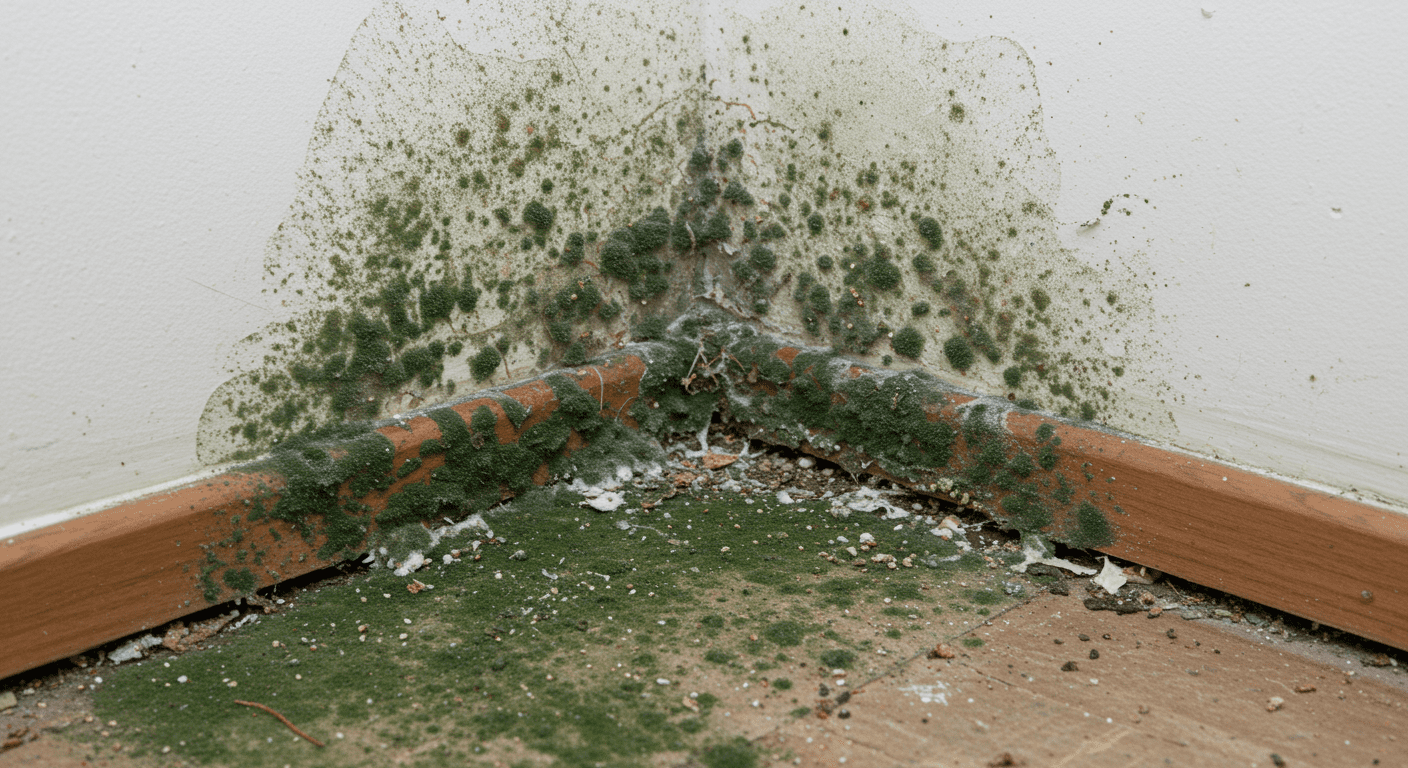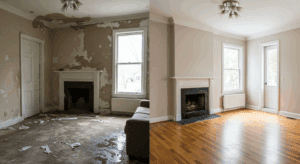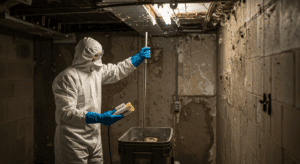Green mold spores are a common concern for homeowners in San Antonio, TX, where the humid climate creates an ideal environment for mold growth. These spores not only damage property but also pose significant health risks. In this article, we’ll explore what green mold spores are, the health risks they present, how to identify them, and effective strategies for remediation.
What Are Green Mold Spores?
Definition and Characteristics
Green mold spores are microscopic fungal particles that thrive in damp and humid conditions. They are responsible for the growth of green mold, which can appear as fuzzy or slimy patches on various surfaces. These spores are lightweight and can easily become airborne, spreading to different areas of your home.
Common Types of Green Mold Found in San Antonio
In San Antonio, the most common types of green mold include Aspergillus, Cladosporium, and Penicillium. Each type has unique characteristics and thrives in specific conditions. For instance, Aspergillus is often found in air conditioning systems, while Cladosporium grows on fabrics and wood. Penicillium, known for its blue-green appearance, is commonly found on food and water-damaged materials.
Health Risks Associated with Green Mold Spores
Respiratory Issues and Allergies
Exposure to green mold spores can lead to respiratory problems such as coughing, wheezing, and shortness of breath. Individuals with asthma or existing respiratory conditions are particularly vulnerable. Mold spores can also trigger allergic reactions, causing symptoms like sneezing, runny nose, and itchy eyes.
Vulnerable Populations at Risk
Certain groups, including children, the elderly, and individuals with weakened immune systems, are at a higher risk of experiencing severe health effects from mold exposure. Prolonged exposure can lead to chronic health issues, emphasizing the importance of timely mold remediation.
Identifying Green Mold in Your Home
Signs of Mold Presence
Green mold often manifests as discolored patches on walls, ceilings, or floors. A musty odor is another common indicator of mold growth. In some cases, you may notice water stains or peeling paint, which are signs of moisture problems that can lead to mold.
Conditions Favoring Mold Growth in San Antonio Homes
San Antonio’s humid climate and frequent rainfall create the perfect conditions for mold growth. Poor ventilation, plumbing leaks, and high indoor humidity levels further contribute to the problem. Regular inspections and moisture control are essential to prevent mold infestations.
Effective Mold Remediation Strategies
Professional Mold Inspection and Testing
Hiring a professional mold inspection service is the first step in addressing a mold problem. Experts use advanced tools to detect mold, even in hidden areas, and provide a comprehensive assessment. Professional testing can also identify the specific type of mold, helping to determine the best remediation approach.
DIY Removal Tips and When to Call Experts
For small mold infestations, you can use household solutions like vinegar or baking soda to clean affected areas. However, for extensive mold growth or when dealing with toxic molds, it’s crucial to seek professional help. Experts not only remove the mold but also address the underlying causes to prevent recurrence.

Green mold spores are a serious concern for homeowners in San Antonio, TX. By understanding the risks, identifying early signs, and implementing effective remediation strategies, you can protect your home and health. For more information on mold removal and prevention, check out our Comprehensive Guide to Mold Removal and Prevention in San Antonio, TX or learn about Expert Commercial Mold Removal Services in San Antonio, TX.




